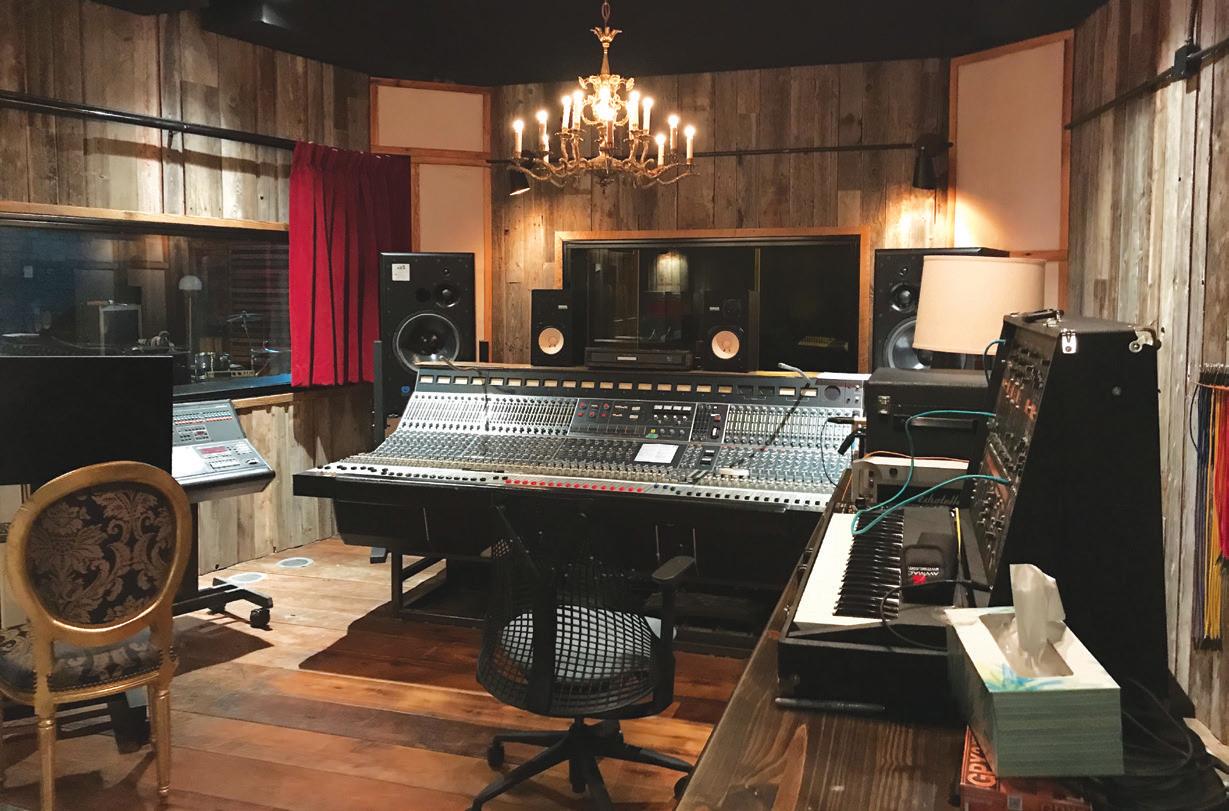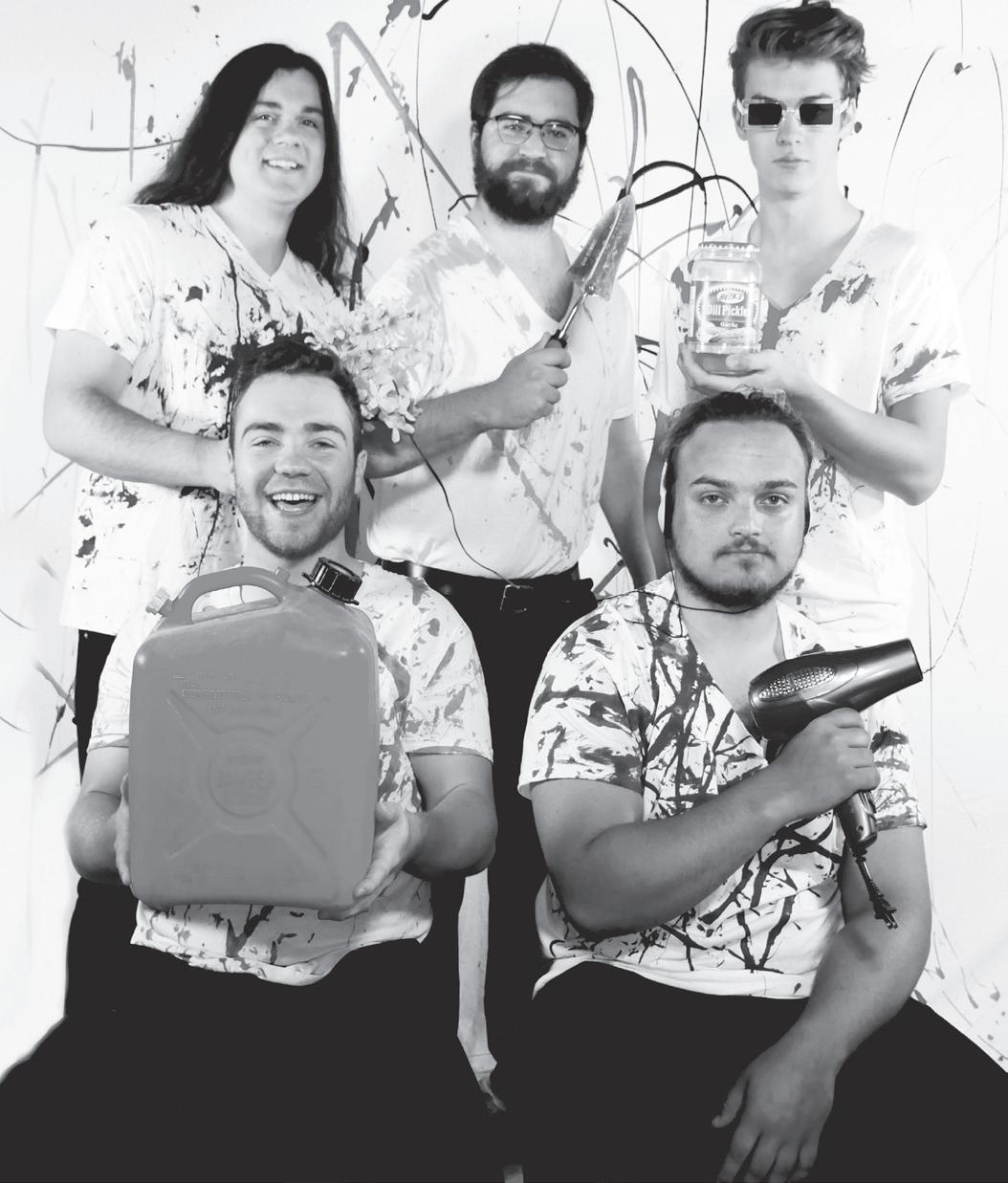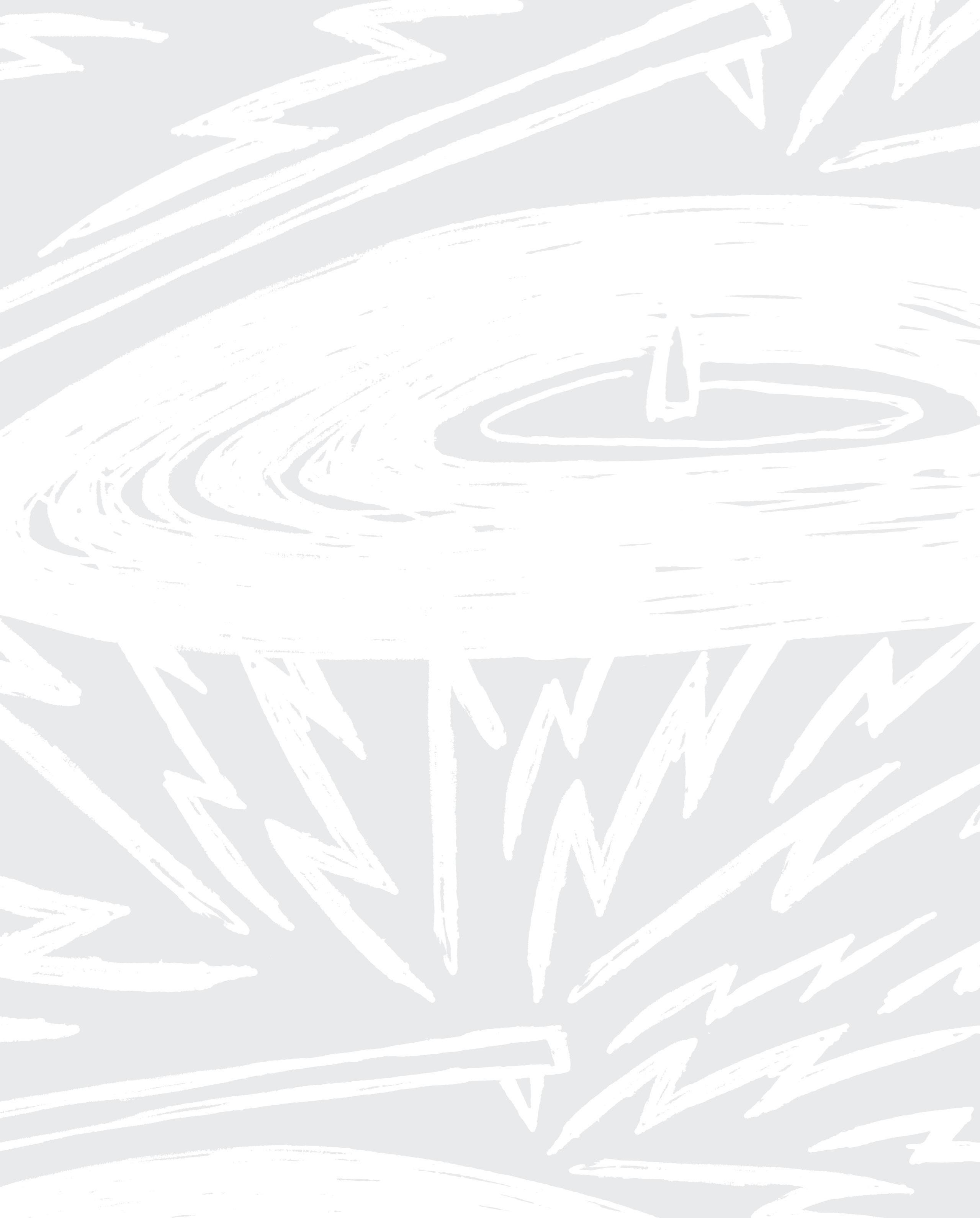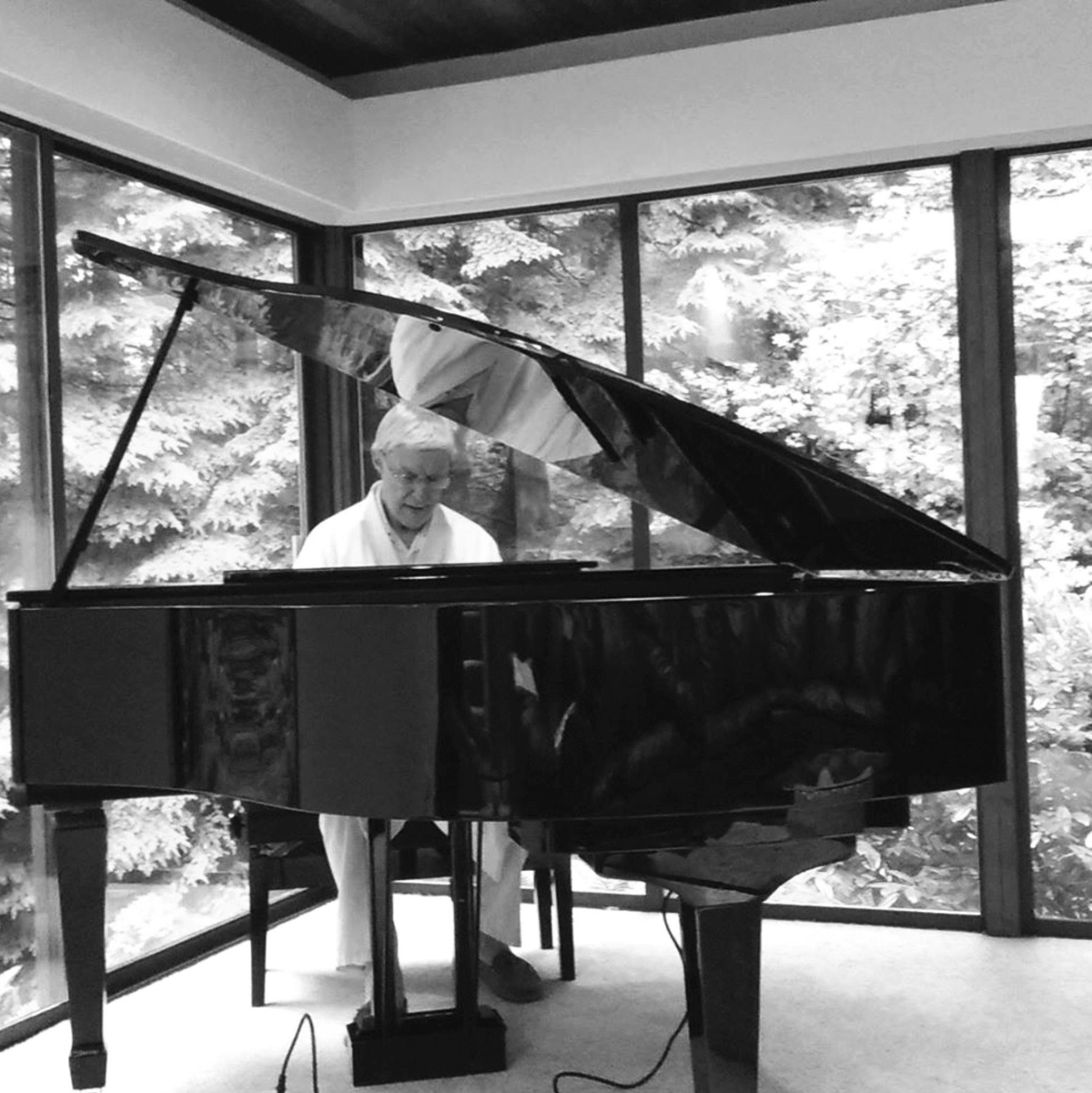
4 minute read
No Fun Club
No Fun Club: A Tour of the Freshest Face on the Winnipeg Recording Studio Scene

Advertisement
WORDS & PHOTOS: MARGARET BANKA
Unless you are a musician or work with sound, chances are that the recording studio is as intriguing a place to your imagination as it is to mine. For us mere mortals, recording studios are a deep chamber of mystery where art somehow becomes encapsulated, mastered, and shared with the rest of the world.
Stepping into the nondescript brick building that houses No Fun Club, I am met by Rob (owner) and Riley (studio manager/engineer). I put on my mask, and things really start to feel like Phantom of the Paradise. Hey, that’s one cool thing about COVID, I guess. Disguised and socially distanced, I happily accept the role of ingenue seeking enlightenment in the world of recording arts.
Rob’s tour of his dream-come-true studio starts at the two full suite dorms. He is quick to point out an important detail in my education: “The recording studio model is a terrible business model”. Noted (later, I read the Reddit thread, “Opening a recording studio, good or bad financial decision.”) Rob’s solution is to build not one, but two studios that maximize activity. The accommodations pin No Fun Club as a destination for out-of-town artists, producers, and recording engineers. Riley later confirms my hunch: this is an exceptional space, in Winnipeg and beyond: “The reach of the studio is substantial, because of the size of the project.” Studio B As we meander through Studios B and A, I am introduced to the basic formula of a recording studio: a control room, filled with recording and mixing equipment; a live room, with instruments, membrane absorbers, and ambience; and a dead room (not spooky). These two rooms allow engineers to isolate sound and play with reflection and intimacy. An abundance of windows maintains sightlines between artists and engineers, and I am told this is conducive to experimentation and also keeps things fun!
Handsome salvaged wood lines the walls and flooring through the space. Rob tells me that it all came from petting a horse. Not as a thank-you for being a good horse-petter, but because next to the horse was an old tobacco barn (this was in Kentucky) that its owner was about to torch to the ground. Horrified, Rob offered his life in exchange, but the farmer graciously told him that if he could ship it to Canada, it was his. And so he did, all 120,000 pounds of three-hundred year old red oak and pine. He found a portable sawmill and built the interior of the studio out of it. Pretty cool (I once built a picture frame out of popsicle sticks).
I spy a giant cassette tape coffee table, and a candle chandelier of baroque taste hanging overtop of some very twenty-first century equipment. The vintage furniture, restored antique lamps, and oriental carpets fill No Fun Club with eclectic touches of old time splendour refitted for a modern studio.
Repurposing appears to be the order of the day here: “I tried to breathe new life into as many things as possible,” explains Rob. The old warehouse
RIley and Rob in Studio B


Studio B’s live room Studio B Studio A
door hangs beside us in Studio B, concealing more membrane absorbers and offering yet another way to experiment with sound reflection. Later Riley tells me that the spirit of recyclage applies to recording tape as well: “Normally if a band wants to record on tape, a reel of two inch tape is about five hundred dollars, and it’s only a couple minutes of music. If you wanted to record an album, you might need more than a couple of those.” Ouch. Instead, No Fun will reuse their pile of tape, which does not affect sound quality and is more economical for artists. It’s just one special feature for Riley, along with the Studer A827 24-track tape machine in each studio, a prime piece of recording equipment.
After the tour I think about the shroud of mystery that hangs over the recording world; it turns out that it’s not completely unreal. Rob and Riley both encountered a measure of difficulty trying to break into the scene. “The arts and music scene in Winnipeg is amazing, but people are also protective. I wanted to push through that,” says Rob, “from day one, our intent has been to make it feel like it’s a space for everyone.”
With a mentorship program in the works, Riley cites their inclusive and collaborative approach as what sets No Fun Club apart from other studios. “We wanted to be able to give the knowledge away to people who are passionate, and do whatever we can to make it work with them. It shouldn’t always be the same people, we want to let everyone have a chance. Just because someone doesn’t have ten years of experience in engineering, it doesn’t mean that they don’t have a valuable perspective.”
So there you have it, two studios worth of recording equipment, immeasurable potential and heart, and no phantom (and it was very fun!) While Rob and Riley plan to be open and operating by November, they are currently taking bookings for all your future recording endeavours.







